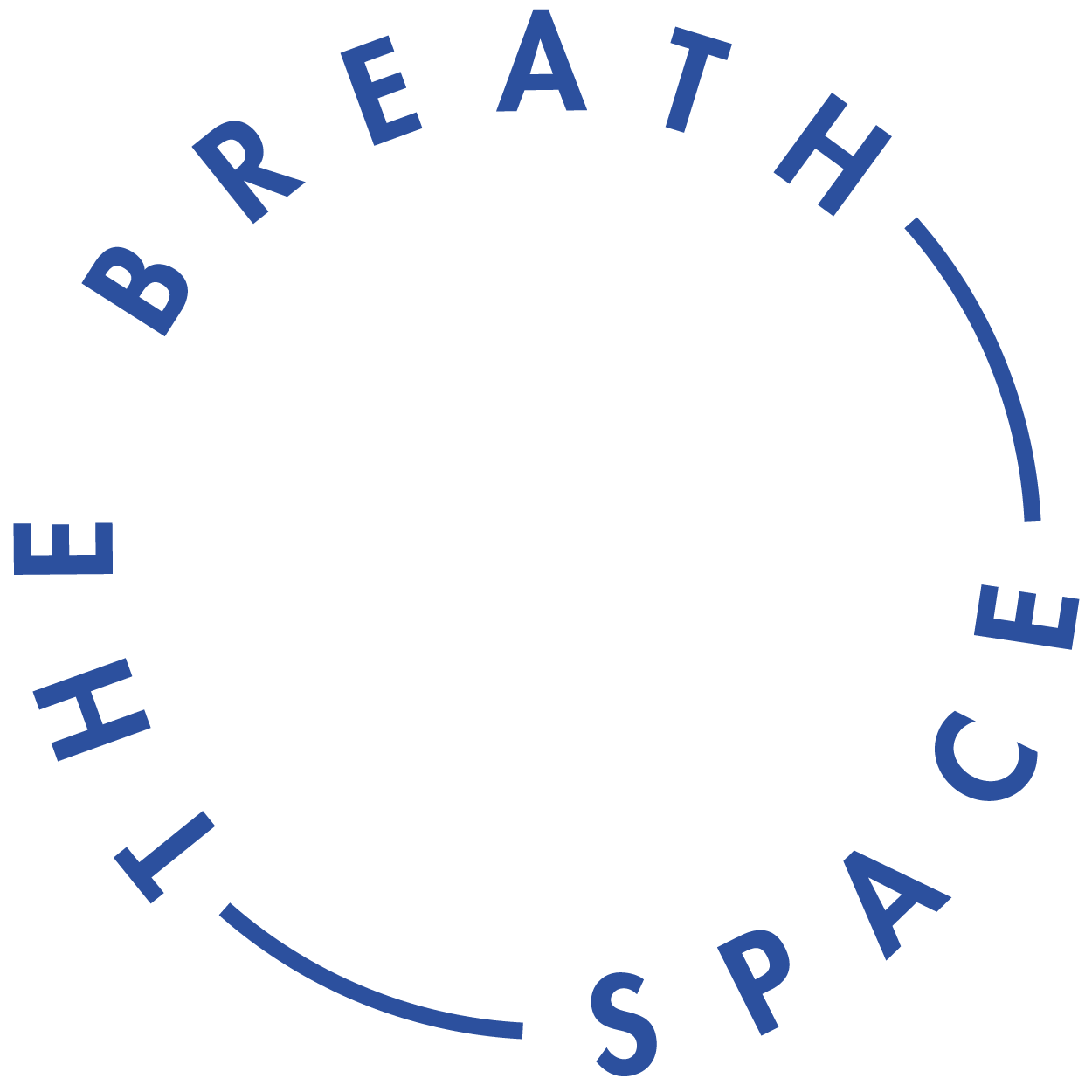Several weeks ago I released a video on how to use the EliteHRV app to do Paced Breathing (Resonant Breathing) home biofeedback training. Since that time, EliteHRV has updated their app and several features have changed. Several patients who were using the older app share with me that they were confused based on the instructions found in the previous video, so I made this video to navigate the updated EliteHRV app. Hopefully this will give you the necessary information to begin practicing resonant (paced) breathing.
In my video on What is HRV?, I talked about the vagus nerve and its relationship to paced breathing. Resonant breathing involves breathing at a particular rate that bring our heart rate, blood pressure and respiration into synchrony or what some call coherence. Our blood pressure and heart rate tends to cycle in roughly a 10 second cycle - meaning 5 seconds after blood pressure increases, heart rate changes. Five seconds after that, blood pressure changes. When you add breathing at 10 second rate (5 seconds inhale and 5 seconds exhale) to this mix, respiration only augments the strength of this coherence. Since everyone’s physiology is slightly different, this cycle can range anywhere from 7.5 seconds to 13.5 seconds per minute, which in breathing rate terms would be 8 breaths per minute down to 4.5 breaths per minute. However, many of my colleagues who conduct research on HRV biofeedback do not spend time determining each person’s specific rate, or resonant frequency, but use the standard 6 breaths per minute rate, which is what Elite HRV is using .
Furthermore, our heart rate decreases on exhalation. By extending the exhalation, we further strengthen the 10th cranial nerve, the vagus nerve, which is part of the parasympathetic system, putting the brake on the heart and slowing it down. Resonant breathing strengthen the baroreceptors, mechanoreceptors in the aorta and the carotid arteries involved in the regulation of blood pressure. The greater the responsiveness of the baroreceptors, the stronger our vagal tone, the more resilient we are, the greater our adaptability to stressors, the more we are able to hand all types of stressors - whether physical, mental, environmental, emotional. etc.
If after watching the video, you have any questions, let me know.

